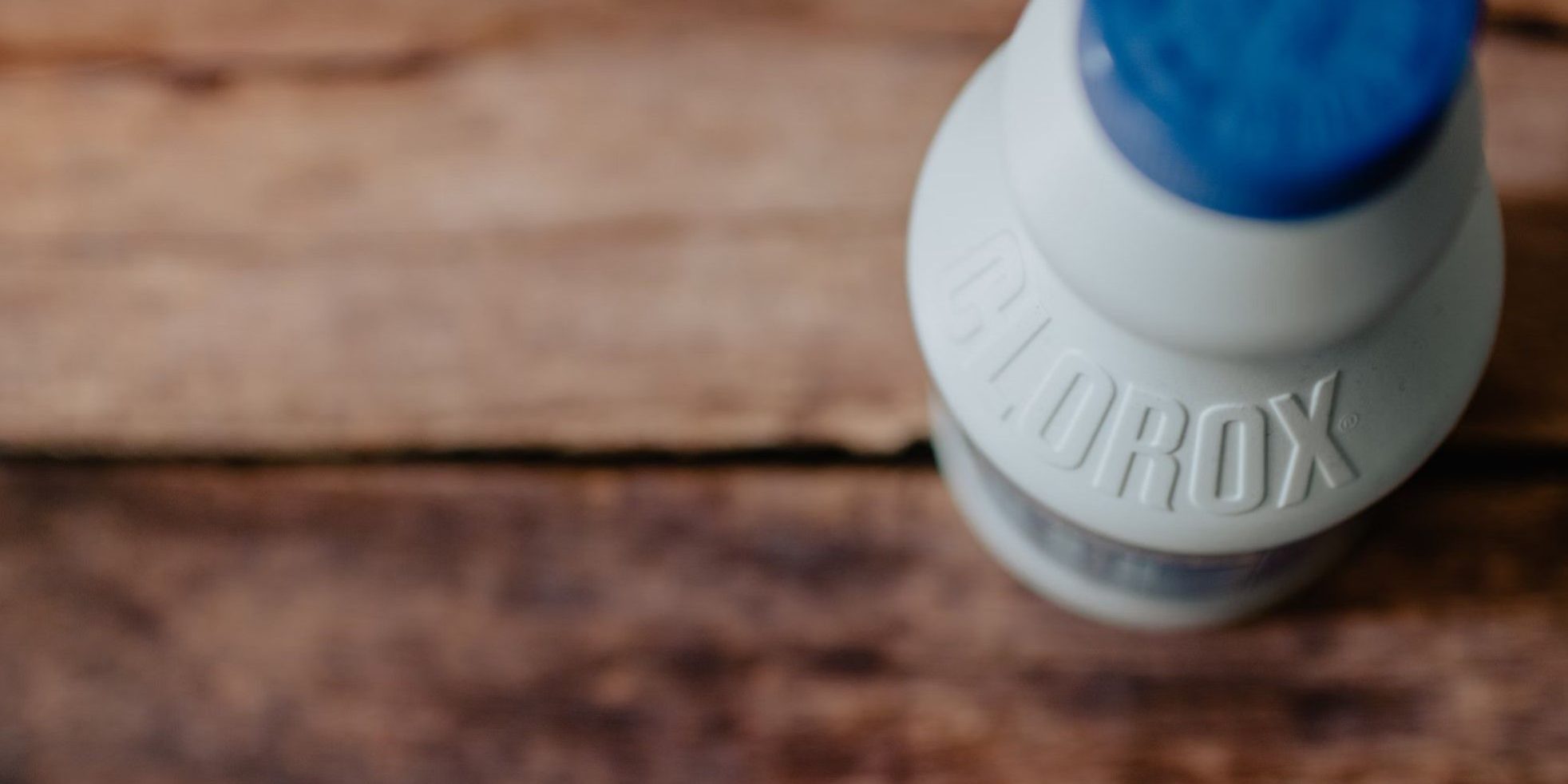Can You Use Bleach on Wood Floors? A Guide for Homeowners
Wood floors bring warmth, elegance, and a natural beauty to any home, but their care and maintenance can sometimes be tricky. If you’re struggling with tough stains, mold, or discoloration, you may be wondering: Can I use bleach on wood floors? While bleach is known for its powerful cleaning abilities, using it on wood floors comes with certain risks. In this article, we’ll dive into when (and if) bleach should be used, why you might want to avoid it, and explore safer alternatives for keeping your floors looking beautiful in Malaysia.
Why You Should Think Twice Before Using Bleach on Wood Floors
Bleach is a potent cleaning agent, but it’s not the best choice for maintaining wood floors. Here’s why:
- Damage to the Finish Bleach is harsh and can strip the protective finish on your wood floors, leaving them dull and more susceptible to damage.
- Discoloration While bleach might remove stains, it can also discolor the natural hues of your wood, leading to uneven tones and a less appealing appearance.
- Weakens the Wood The corrosive nature of bleach can weaken the wood fibers, causing long-term structural damage.
- Risk of Warping Excess moisture from bleach can seep into the wood, causing warping or swelling over time.
- Health Hazards Bleach produces strong fumes that can irritate your lungs and skin, especially in areas with poor ventilation.
When Might Bleach Be Considered for Wood Floors?
Though bleach is not recommended for regular cleaning, there are some instances where you may consider it as a last resort:
- Removing Mold and Mildew If your wood floors have been exposed to excess moisture, mold or mildew could develop. In these cases, bleach can help kill the spores and prevent further growth.
- Fighting Stubborn Stains Tough stains like those from water damage, food, or pet accidents can sometimes be lightened with bleach.
- Restoring Discolored Wood In extreme cases, bleach may help even out discoloration or fading in wood floors.
Why Avoid Bleach on Your Wood Floors?
Even when considering bleach for stubborn stains or mold, it’s generally best to avoid using it due to these significant risks:
- Damage to the Surface Bleach can strip away the wood’s protective finish, leaving it vulnerable to dirt, moisture, and scratches.
- Discoloration Issues The strong bleaching effect can cause uneven color changes, making your wood floors look patchy and unattractive.
- Moisture Damage Using bleach typically requires diluting it with water. The moisture can soak into the wood, leading to swelling or warping over time.
- Harmful Fumes The powerful fumes from bleach are not only unpleasant but also dangerous, especially in poorly ventilated spaces.
Safe Alternatives to Bleach for Cleaning Wood Floors
Thankfully, there are safer, more effective ways to clean and maintain your wood floors without risking damage. Here are a few tried-and-true methods:
- Vinegar and Water Solution Mix equal parts of white vinegar and water to create a natural, non-toxic cleaner. This solution is great for removing dirt and light stains from your wood floors.
- Baking Soda Paste For stubborn stains, mix baking soda and water to form a paste. Apply it to the stain, let it sit, and then wipe it clean.
- Hydrogen Peroxide A gentler alternative to bleach, hydrogen peroxide can effectively treat stains without damaging the wood. Apply it with a cotton ball and wipe away after it sits for a few minutes.
- Wood Floor Cleaner Invest in a wood floor cleaner specifically designed for the job. These products are formulated to clean without harming the finish.
- Dish Soap and Water A mild solution of dish soap and warm water is a great way to tackle everyday messes without causing damage.
How to Prevent the Need for Harsh Cleaners
To keep your wood floors looking pristine and avoid needing harsh chemicals like bleach, it’s important to follow a few maintenance tips:
- Clean Spills Immediately Quickly wipe up liquids to prevent staining and damage from moisture.
- Use Rugs and Mats Place rugs or mats in high-traffic areas to reduce wear and tear on your wood floors.
- Trim Pet Nails Keep your pets’ nails trimmed to prevent scratches and dirt from being tracked onto your floors.
- Sweep Regularly Dust and debris can act like sandpaper, dulling the finish over time. Regular sweeping will help keep your floors looking their best.
Conclusion: Is Bleach Worth the Risk?
While bleach might seem like a quick fix for tough stains or mold, it’s not typically worth the potential damage to your wood floors. The risks of discoloration, weakening, and warping often outweigh any benefits. Instead, choose gentler, safer alternatives and maintain your floors with regular cleaning to keep them looking beautiful for years to come.
FAQs
- Can bleach damage wood floors permanently?
Yes, bleach can weaken the wood, strip its finish, and cause discoloration or warping. - What’s the best natural alternative to bleach for cleaning wood floors?
A mixture of vinegar and water is a safe, effective natural cleaner for wood floors. - Is hydrogen peroxide safe for wood floors?
Yes, hydrogen peroxide is a milder option compared to bleach and works well for removing stains. - How do I remove mold from wood floors without bleach?
A solution of water and vinegar or a wood-safe mold cleaner is an effective option. - Can I use bleach on engineered wood floors?
No, bleach can damage the surface and underlying layers of engineered wood, just like it does with solid wood floors.
By following these tips, you can keep your wood floors in top condition without risking damage from harsh chemicals. Whether you’re looking to clean, restore, or simply maintain your wood floors, the right care will ensure they remain stunning for years to come.

